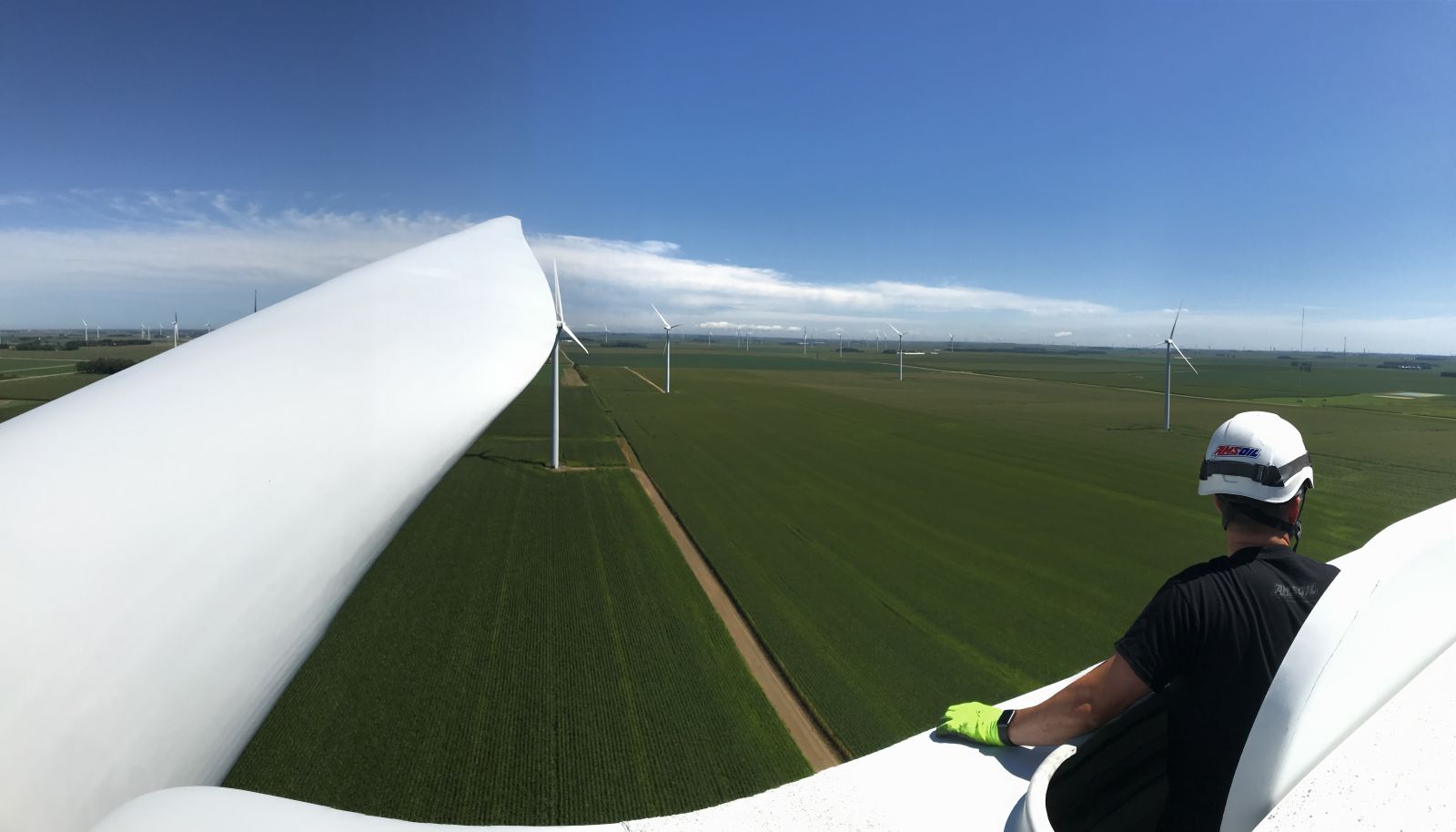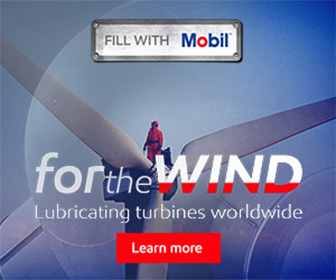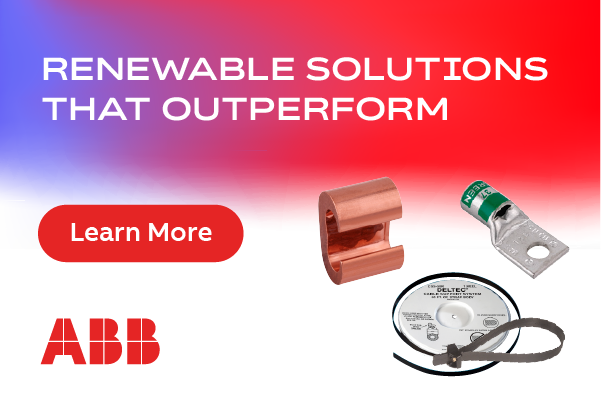The Peak of Service
.jpg) One aspect of my job that gives me great satisfaction is providing on-site support for my wind customers. I don't know too many other STLE-Certified Lubrication Specialists out there that are climbing wind turbines to provide up-tower consultations for their customers. It also gives me an excellent perspective from which to educate customers and service providers on best practices that have been crafted over thousands of oil changes.
One aspect of my job that gives me great satisfaction is providing on-site support for my wind customers. I don't know too many other STLE-Certified Lubrication Specialists out there that are climbing wind turbines to provide up-tower consultations for their customers. It also gives me an excellent perspective from which to educate customers and service providers on best practices that have been crafted over thousands of oil changes.
Before you even get on-site, you have to be armed with the proper training and certifications needed to climb 80 to 100-plus meters to the nacelle of a wind turbine. Some of the best-trained engineers learn at a purpose-built training facility, where they "learn the ropes" of wind turbine rescue and evacuation. Regular tower climber certifications, recertifications, and rescue and evacuation drills make sure these skills stay sharp. Safety is paramount, especially when self-rescue or peer-assisted rescue are the only options should things go sideways far from the reach of traditional first responders.
Oil changes at heights are no small task. When an engineer first arrives on site, it's important to sit down with the site operator and contracted service provider to make sure everyone is on the same page when it comes to understanding the procedure. It can benefit all parties to have detailed written procedures for the various wind turbine platforms on the market, so you can run through each step. The goal is to remove and flush out as much of the old oil as possible to create the best environment inside of a wind turbine gearbox for the incoming new oil. Skipping any one step can risk the cleanliness of the new oil and post oil change oil analysis results. All operators should pull post-oil change oil samples to verify the effectiveness of the oil change. These oil sample analysis reports should also be retained in case of any future warranty claims.
After the initial procedural review, it's off into the field to approach the first turbine to be climbed. The first challenge that typically presents itself is the environment. I have had the pleasure of consulting with customers around the globe. I've watched as a sandstorm barreled down on me from my perch out the hatch of a nacelle of a wind turbine near the Gobi Desert. I can tell you from personal experience that it's not easy keeping dirt particles from contaminating the gearbox and new oil; it can only be done through effective procedures and well-protected oil exchange equipment. I've endured the heat of the wind farms in the savannah of Brazil (staying hydrated is key when summiting wind turbines in that beautiful region). I also remember nearly getting a rental car stuck in copious amount of mud while visiting a German wind farm during a particularly rainy visit; those installations presented an additional logistical challenge as they are somewhat segmented and often required significant travel through different farm fields to access each turbine.
Once arriving at the turbine, the safety plan for the day is coordinated with the service provider. As a consultant, you want to make sure to stay out of the service provider's way, while at the same time ensuring the service provider team is trained and checked on best practices to provide the customer with the most efficient and highest quality oil change. After preparing and packing the tools and equipment in lift bags, they are hoisted to the nacelle. Once the safety equipment check is complete, it's time to don a harness and begin the ascent to the top of the wind turbine. Consider yourself lucky if you happen to encounter a newer unit that comes equipped with either a lift or a climb-assist system on the ladder to aid the ascent, but this is still a luxury most towers don't afford. It really is a great way to start the day though, stretching the lungs and getting the blood pumping as you burn through whatever breakfast calories you were able to scavenge at the hotel that morning.

Once settled at the top, there is not much time for a break as the real work begins. Tools are organized and staged to ensure efficiency, while hoses are hoisted up from the oil change truck below. The first step of the oil change includes draining the oil through a dedicated waste hose. This draining process is typically aided by a vacuum system that boosts the drain speed by establishing a negative pressure inside the waste oil tank back on the ground. Next, the oil filtration and circulating system is disassembled at certain points, drained, and cleaned of all oil and any residual deposits that can be reached; this includes filter housings and thermostatic valves. After the interior gearbox housing is washed down with sacrificial flush oil and the gearbox is filled with additional flush oil, the unit is run-up under controlled conditions to fully flush the gearbox and oil circulation system. Once this is complete, the flush oil is drained to a dedicated tank on the oil change trailer to be reused on the next turbine. Lastly, the final fill oil is pumped up a dedicated hose and into the gearbox, where it likely will see continuous service for the next 10 years or more.
Providing up-tower consultation services is not common in our corner of the wind industry. Traditionally, the lubrication challenges of the wind industry were approached as no different than any other industrial application. In fact, it pays great dividends to attack these challenges side by side with operators and service providers at the point of lubrication up in the nacelle. The view from the top isn't half bad to boot.
Brian Burks is Senior Application Sales Engineer for AMSOIL Wind and Industrial, which develops lubricants made to exceed the specifications of wind turbine power-generating applications, and the extreme environments in which they operate.
AMSOIL Wind and Industrial | amsoilwind.com
Author: Brian Burks
Volume: 2020 September/October









